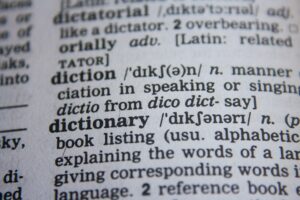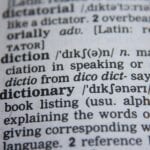Writing in Australian English is, at best, a chore and at worst, a complete nightmare from which we feel we will never wake.
Our rules are inconsistent, frequently incomprehensible and often downright frustrating.
We have multiple spellings and meanings for words. We can’t decide if we want the Oxford comma or not. Capital letters appear in odd places. US and UK spelling duke it out—sometimes in the same document.
Thank goodness for the style guide!
Don’t worry if your brain just went ‘huh?’ — you’re not alone. Most big organisations have in-house style guides, but if you’re reading this, it’s unlikely you’re a big organisation.
What is a style guide?
In a nutshell, it’s a how-to reference for all your writing: preferred punctuation, US or UK spelling, key terms, formal or informal style and perhaps design issues like font and size. A good style guide in

forms your writing and ensures a level of consistency in all the pieces you produce.
In my experience, a lot of smaller businesses, schools and individuals do not have a style guide to work with when writing and editing.
And they should.
Here are three reasons why your business or school should be using a style guide:
- Everyone who writes also has preferences for things like spelling and punctuation. A style guide puts an end to arguments (including those you may have with yourself) about which spelling is correct or whether or not that comma should be there.
- Becoming familiar with your style guide will save you precious time in both the writing and editing phases. Why waste time ‘googling’ that spelling when you can quickly check it in your style guide?
- A style guide will not wholly replace a professional editor if you are serious about quality writing. However, adhering to your style guide is likely to save you money in editing costs. There will be fewer errors and more consistency, so the job should take less time for the editor to complete.
All good editors will produce a style sheet specific to your writing as part of their professional practice anyway—if only to ensure consistency when making corrections. Some editors will provide you with a copy of this sheet.
Why not take the next step and ask your editor to create a more comprehensive style guide for your organisation or school?
